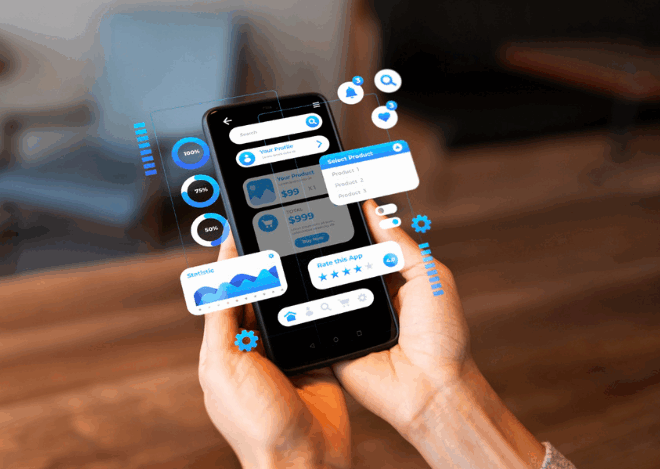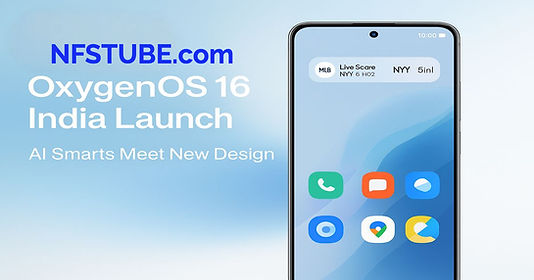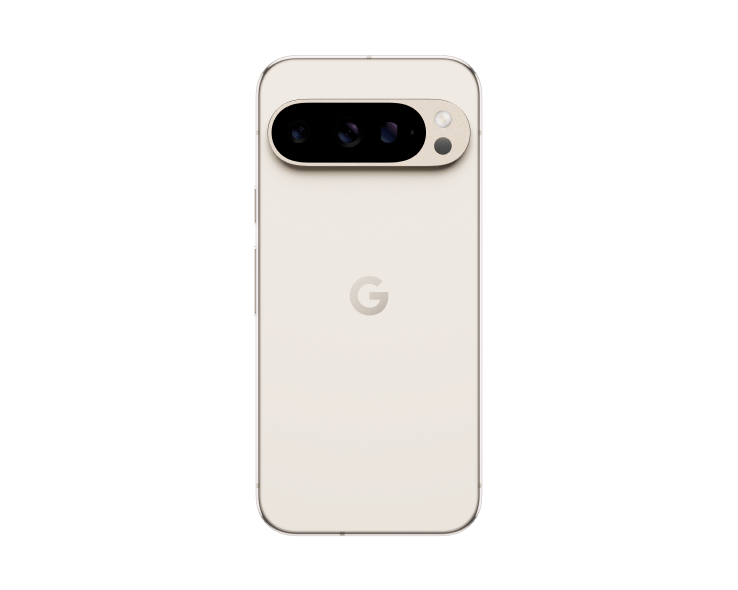
The AI Revolution in Your Pocket: How Google’s Latest Android Phones are Redefining Mobile Intelligence
The landscape of mobile technology is undergoing a seismic shift. For years, the battle for smartphone supremacy was waged on the fields of raw specifications—faster processors, more RAM, and higher megapixel counts. While those metrics still matter, they are no longer the primary drivers of innovation. The latest Android news reveals a new frontier: artificial intelligence. Google, with its Pixel lineup and custom Tensor silicon, is at the vanguard of this movement, championing a future where your phone isn’t just a powerful tool, but an intelligent partner. This AI-first strategy is not merely an incremental update; it represents a fundamental rethinking of what a personal computing device can and should be.
This article delves into the technological underpinnings of this AI revolution in the world of Android phones and gadgets. We will explore how specialized hardware and sophisticated software models are creating features that feel like magic, analyze the profound impact this trend is having on the entire Android ecosystem, and discuss the practical benefits and potential considerations for users. We are moving beyond the spec sheet and into an era of computational, context-aware assistance, where the true measure of a device is its ability to learn, adapt, and proactively help you navigate your digital and physical worlds.
The New Paradigm: Shifting from Raw Power to Intelligent Performance
The conversation around high-end Android phones is changing. The focus is moving away from a simple numbers game to a more nuanced evaluation of user experience, driven almost entirely by advancements in on-device machine learning. This new paradigm prioritizes intelligent, helpful features over incremental boosts in raw processing power that many users may not even perceive in daily use.
From Megahertz to Machine Learning
For over a decade, the “spec war” defined the premium smartphone market. Manufacturers vied to have the fastest CPU clock speed, the most gigabytes of RAM, or the highest-resolution display. While these advancements were crucial in making smartphones the powerful devices they are today, the industry has reached a point of diminishing returns. The difference between a top-tier processor from last year and this year is often imperceptible for tasks like browsing social media, sending emails, or even casual gaming. Google recognized this shift and pivoted its hardware strategy with the introduction of its custom Tensor chipset. Instead of solely chasing the highest benchmark scores, Tensor was designed from the ground up to excel at machine learning (ML) and AI tasks. It integrates a dedicated Tensor Processing Unit (TPU), a custom-built co-processor that handles these specific workloads far more efficiently than a traditional CPU or GPU. This means that while a Pixel phone might not always top a synthetic benchmark chart, it can perform complex AI-driven tasks faster and with less battery consumption than its rivals.
Key AI-Powered Features Making Waves
This focus on AI hardware enables a suite of “computational” features that are defining the modern smartphone experience. These aren’t just gimmicks; they solve real-world problems and simplify complex tasks.
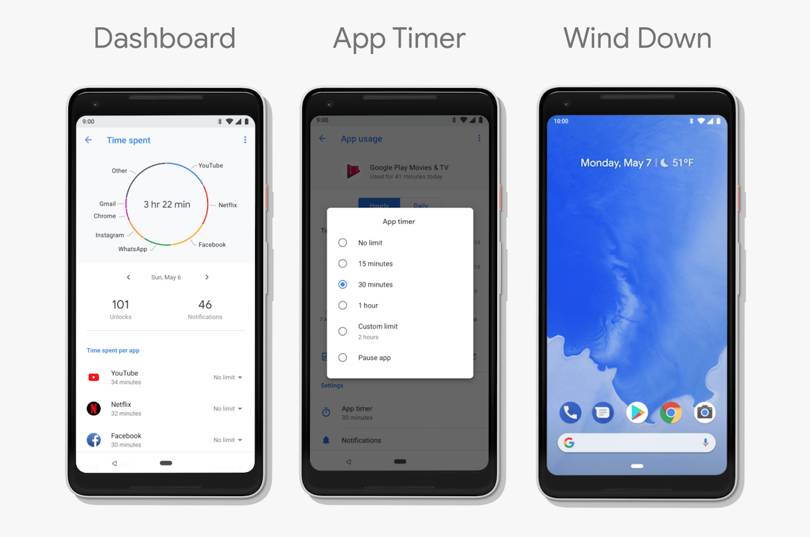
- Computational Photography: This is perhaps the most visible application of mobile AI. Features like Magic Eraser allow users to remove unwanted objects from photos with a simple tap, using generative AI to intelligently fill in the background. Photo Unblur and Face Unblur use sophisticated models to sharpen images that were previously unsalvageable. More recent innovations like Best Take analyze a burst of photos to composite the perfect group shot where everyone is smiling with their eyes open—a task that would have required professional editing software just a few years ago.
- Advanced Language and Speech Processing: On-device AI allows for powerful communication tools. Live Translate can interpret conversations in real-time, displaying captions on your screen without needing a constant internet connection. The Recorder app can provide a live, highly accurate transcription of a meeting or lecture, complete with speaker labels. Even phone calls are getting smarter, with features like Call Screen using Google Assistant to vet unknown callers and Hold for Me waiting on the line for you, notifying you when a human representative is ready to speak.
- Proactive and Contextual Assistance: The At a Glance widget is a prime example of proactive AI. It moves beyond showing the date and weather to displaying relevant information when you need it, such as a boarding pass at the airport, a package delivery status, or the time your ride-share is arriving. This is achieved by the phone’s AI understanding your context based on your calendar, emails, and location, all while keeping the data securely on the device.
Under the Hood: The Technology Powering the AI Revolution
The “magic” of modern AI features is born from a symbiotic relationship between purpose-built hardware and highly optimized software models. Understanding this interplay is key to appreciating the engineering prowess behind the latest generation of Android phones and their expanding ecosystem of connected Android gadgets.
The Role of Custom Silicon: The Google Tensor Advantage
At the heart of Google’s AI strategy is the Tensor Processing Unit (TPU). Unlike a Central Processing Unit (CPU), which is a generalist designed to handle a wide variety of tasks, or a Graphics Processing Unit (GPU), which is specialized for parallel processing of graphics, a TPU is an application-specific integrated circuit (ASIC) built exclusively for neural network machine learning. It excels at performing the vast number of matrix multiplications and additions that are the building blocks of AI models. This specialization yields two critical benefits: speed and efficiency. By offloading AI tasks to the TPU, a Tensor-powered phone can execute complex models for features like live transcription or computational photography in real-time without draining the battery or causing the device to overheat. This on-device processing is a significant differentiator. It ensures user privacy, as sensitive data like photos and voice recordings don’t need to be sent to the cloud for analysis. It also guarantees functionality even when offline, a crucial advantage for features like Live Translate when traveling.
Software and Models: The Brains of the Operation
Custom silicon is only potent when paired with sophisticated software. Google leverages its extensive research in AI to develop and deploy powerful models on its devices. This involves a process of distillation, where massive, cloud-based Large Language Models (LLMs) like Gemini are scaled down into more efficient versions (e.g., Gemini Nano) that can run directly on a smartphone’s hardware. These on-device models are the “brains” behind the features. For example, the computational pipeline for a feature like Night Sight is a marvel of engineering. When you press the shutter, the camera captures a burst of frames. The Image Signal Processor (ISP) performs initial processing, but then the TPU takes over. It runs AI models to align the frames, reduce noise, analyze the scene to correct colors, and even identify specific elements like the sky for targeted enhancements. This intricate dance between sensor, ISP, TPU, and AI software happens in a fraction of a second, transforming a dark, grainy scene into a clear, vibrant photograph.
The Ripple Effect: How Google’s Strategy Impacts the Entire Android Ecosystem
Google’s aggressive push into an AI-first hardware and software strategy doesn’t exist in a vacuum. As the developer of Android and the manufacturer of the benchmark Pixel line, its decisions create powerful ripples that influence every other manufacturer, app developer, and chipmaker in the vast Android ecosystem.
Setting a New Standard for Android Phones
By making AI the central pillar of the Pixel experience, Google is effectively changing the rules of the game. Other Android manufacturers can no longer compete solely on the basis of having the latest processor from Qualcomm or the most RAM. They are now compelled to develop their own compelling AI-driven software features to stay relevant. We are already seeing this play out in the market. Samsung, a dominant force in the Android space, has responded with its own “Galaxy AI” suite, introducing features for real-time translation and generative photo editing. This competitive pressure is a net positive for consumers, as it accelerates innovation across the board. It also pushes chipmakers like Qualcomm and MediaTek to invest more heavily in the neural processing capabilities of their Snapdragon and Dimensity chipsets, respectively. The focus is shifting from raw CPU performance to the overall AI performance of the System-on-a-Chip (SoC), a trend directly initiated by Google’s Tensor project.
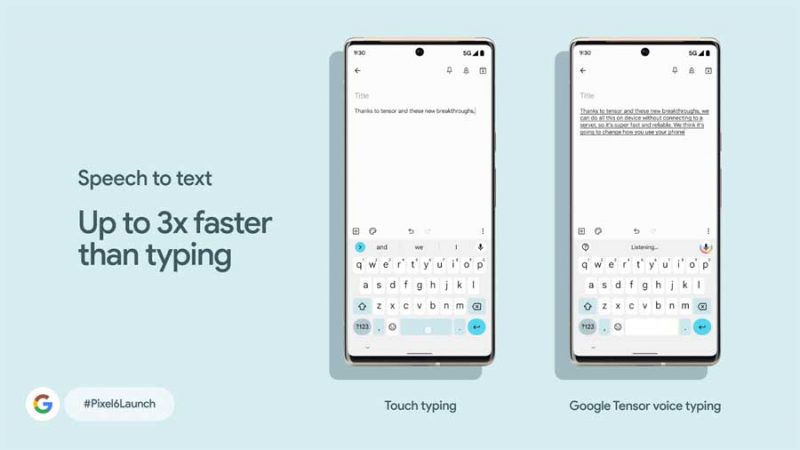
The Future of Android Gadgets and Wearables
This AI-centric approach extends far beyond just smartphones, promising to make the entire ecosystem of Android gadgets more intelligent and interconnected.
- Smartwatches and Wearables: A device like the Pixel Watch can leverage on-device AI for more sophisticated health tracking. Instead of just logging data, it could proactively identify trends, offer personalized fitness advice, or even detect anomalies in your daily patterns that might warrant attention. The on-wrist Google Assistant becomes faster and more capable, able to handle complex queries without relying on a connection to the phone.
- Earbuds and Audio Devices: The potential for AI in audio is immense. Imagine Pixel Buds that don’t just offer real-time translation but also use AI to perform “clear calling” on your end, isolating your voice from a noisy café. They could feature adaptive sound, automatically adjusting equalization and noise cancellation based on an AI’s analysis of your ambient environment.
- Smart Home and Beyond: The AI-powered phone acts as the intelligent hub for the smart home. By understanding your context and habits, it can enable more seamless and automated experiences. For example, your phone could recognize you’re on your way home from work and automatically adjust the thermostat, turn on the lights, and queue up your favorite podcast on a Nest Hub, all without explicit commands. This is the future promised by ambient computing, and it’s powered by the on-device intelligence originating in your pocket.
The latest Android news is clear: the integration of AI is the thread that will tie all these disparate Android gadgets together into a cohesive, truly smart ecosystem.
The User Perspective: Real-World Benefits and Considerations
While the underlying technology is complex, the goal of this AI-driven shift is simple: to make technology more helpful and intuitive for the end-user. However, as with any powerful new technology, it brings both tangible benefits and important considerations that users should be aware of.
The Pros: A Glimpse into a Smarter Future

For the average person, the benefits of on-device AI are immediate and practical. The complexity of photo editing is abstracted away, allowing anyone to capture and perfect images that once required professional skills. Communication barriers are lowered through seamless translation tools, making travel and international collaboration easier. Daily annoyances, like waiting on hold or dealing with spam calls, are mitigated by an intelligent assistant that can handle them on your behalf. Ultimately, this leads to a more personal and predictive user experience. Your phone begins to anticipate your needs, saving you time and mental energy. It’s a move away from a reactive tool that you command to a proactive partner that assists you throughout your day.
The Cons and Considerations: Navigating the New Landscape
Despite the advantages, this new era of AI brings potential pitfalls.
- Reliability and AI “Hallucinations”: Generative AI is not perfect. Magic Eraser can sometimes create strange, distorted artifacts when filling in a complex background. AI summaries might misinterpret nuance. Users need to be aware that these tools are powerful aids, not infallible oracles, and should review their outputs critically.
- Privacy and the “Black Box”: While on-device processing is a major win for privacy, some features still require cloud interaction. Furthermore, the decision-making process of these AI models can be a “black box,” making it difficult to understand why a particular photo was altered in a certain way or why a specific piece of information was surfaced. This lack of transparency can be unsettling for some users.
- Hardware and Ecosystem Lock-in: As the best AI features become increasingly dependent on custom silicon like Google’s Tensor chip, it creates a potential for fragmentation. The most advanced Android experiences may become exclusive to certain hardware lines, pushing users towards a specific brand to access the full suite of intelligent capabilities.
Conclusion: The Dawn of the Truly Smart Phone
The evolution of Android phones has entered its most transformative phase yet. The relentless pursuit of higher specifications is giving way to a more meaningful race for greater intelligence. Google’s AI-first strategy, embodied by its Pixel phones and Tensor silicon, is not just about adding novel features; it’s about fundamentally changing our relationship with our most personal devices. By embedding powerful machine learning capabilities directly into the hardware, the latest generation of Android phones and gadgets are becoming more than just tools for communication and consumption—they are becoming proactive, context-aware partners that can anticipate our needs and simplify our lives.
This shift from raw power to intelligent performance marks the true dawn of the “smart” phone. The future of mobile technology will be defined not by the speed of its processor, but by the depth of its understanding. As on-device AI continues to mature, we can expect our devices to become even more personal, helpful, and seamlessly integrated into the fabric of our daily routines, ushering in a new era of ambient computing that finally lives up to its long-held promise.


